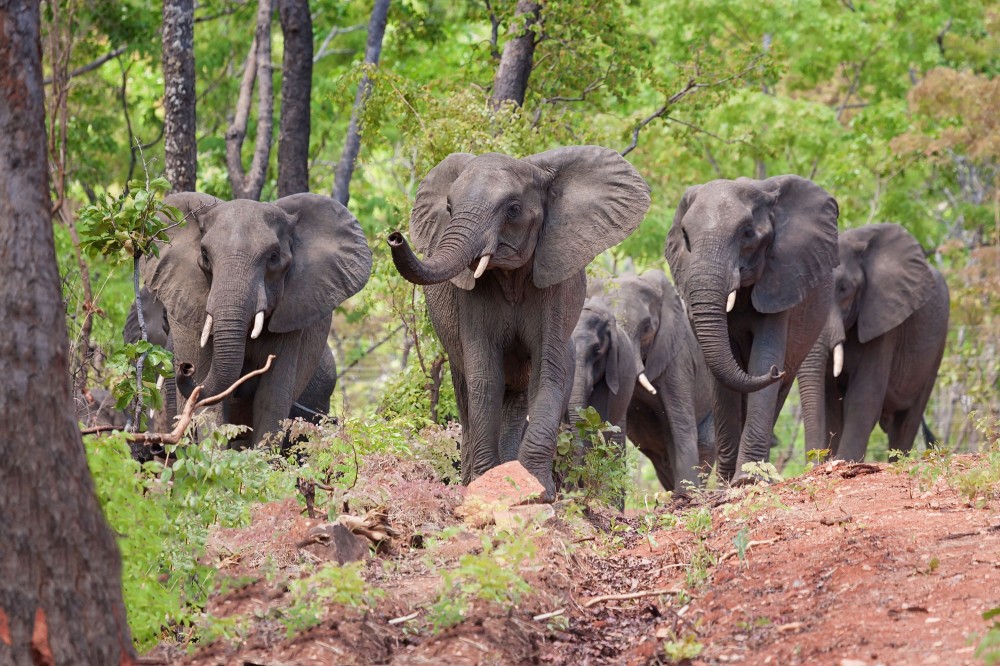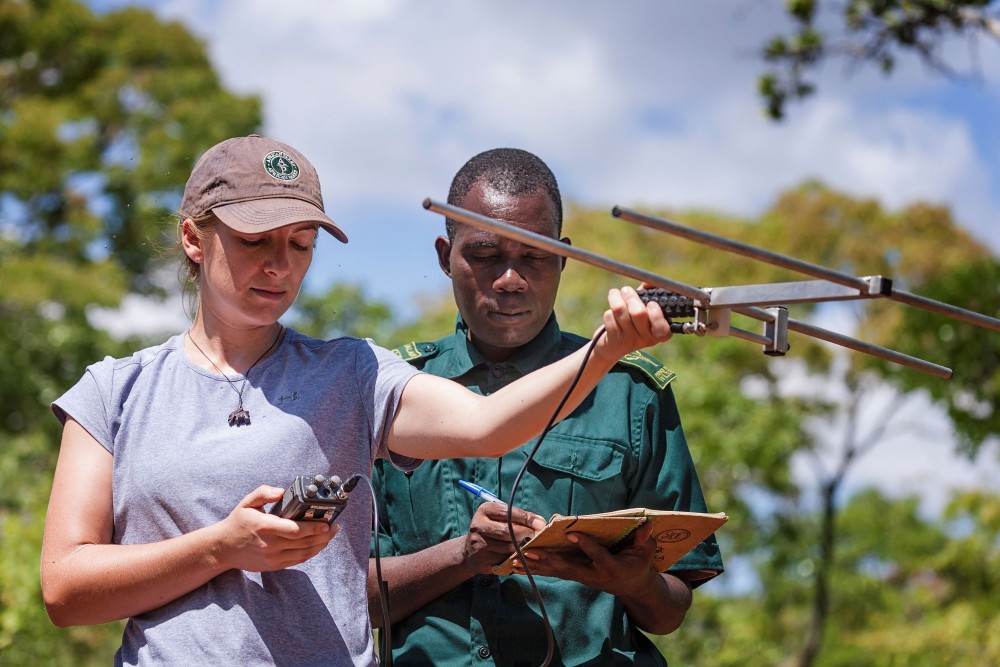Nkhotakota is the oldest and largest reserve in Malawi. Once, some 1,500 elephant roamed the miombo woodland, but decades of poaching reduced the population to fewer than 100 individuals, and other key species were largely hunted out. Since the Government of Malawi partnered with African Parks in 2015, Nkhotakota has been transformed, as elephant and other wildlife species have been translocated to repopulate the reserve, restoring hope not only for tourism, but ensuring the integrity of the park as an important wildlife habitat.
Species Restorations

When African Parks assumed management of Nkhotakota, we immediately began preparing for what would become one of the world’s largest wildlife translocations. Over a two-year period, Nkhotakota received 150 elephant from Majete and 350 from Liwonde in one of the largest elephant translocations in history, as well as over 2,000 other animals including sable, kudu, buffalo, waterbuck, impala, and warthog.
The next successful reintroduction of over 800 animals from Liwonde National Park took place in 2022, and was another landmark moment in conservation efforts to restore Nkhotakota’s wildlife and ecology. These included hippo, eland, kudu, zebra, impala, warthog, sable, buffalo and waterbuck. Following the translocation, in the later part of the year, wildlife sightings significantly increased, especially in the lower Bua area of the reserve.
Species Restorations
Ten elephant were collared in 2022, bringing the total to 26 tracked on the EarthRanger system. A recent bird survey updated the reserve’s listing to 324 species, and the physical sighting of two leopard cubs confirmed camera trap photographs of the presence of these cats in the reserve. A specialist from Malawi University of Science & Technology conducted fieldwork with students on entomology, ichthyology, botany and water quality of the Bua River system, yielding important data for park management.
Conservation Law Enforcement

Nkhotakota’s adjacent communities are among the poorest in Malawi, and their use of the reserve’s natural resources to support their livelihoods, prior to African Parks’ management, progressively led to the extinction, or severe depletion, of many mammal species. However, improved conservation law enforcement efforts and ranger training have seen a significant decrease in poaching over the last five years, with no elephants poached in the last three years.
Our ranger team undergoes annual refresher training in various subjects, from the newest members completing Basic Field Ranger (BFR) training to managers attending Lead Ranger Life Saving training in Majete.
